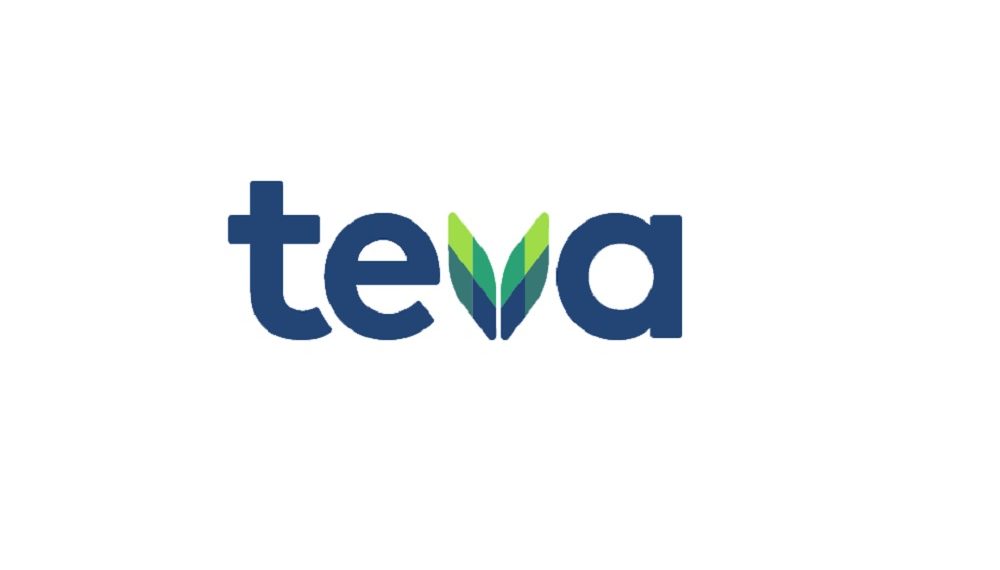Teva Pharmaceutical Industries Ltd. announced the publication of data from the Phase III HALO study evaluating the efficacy, safety, and tolerability of both quarterly (every three months) and monthly subcutaneous dosing regimens of fremanezumab for the prevention of episodic migraine (EM).
These pivotal data were published online today by The Journal of the American Medical Association (JAMA). Fremanezumab is a monoclonal antibody that selectively targets CGRP (calcitonin gene-related peptide), a neuropeptide involved in the pathophysiology of migraine. The study evaluated the use of both quarterly and monthly dosing regimens of subcutaneous fremanezumab, compared with placebo in patients with EM (defined as 14 migraine headache days or less per month) who had previously failed multiple medication classes.
“The results of the HALO study are encouraging and provide insight into the effect of targeting the underlying biological mechanisms of migraine,” said Tushar Shah, M.D., Senior Vice President, Head of Specialty Clinical Development at Teva. “Acute migraine treatments were permitted in this study, and a subset of patients were allowed to continue treatment with existing preventive migraine therapies while using fremanezumab. Results from this trial may offer insight into helping patients achieve their treatment goals including those patients who continue to experience disabling migraine.”
The HALO EM trial met its primary endpoint demonstrating that fremanezumab significantly reduced monthly migraine days for both quarterly and monthly dosing regimens:
The baseline mean number of monthly migraine days was 8.9, 9.2, and 9.1 days in the monthly dosing, quarterly dosing, and placebo groups, respectively. During the 12-week period after the first dose, fremanezumab treatment significantly reduced monthly migraine days to 4.9 days for monthly (P < 0.001) and 5.3 days for quarterly (P < 0.001) dosing compared with 6.5 days for placebo.
Response rates of ≥50% reduction in monthly average number of migraine days were also significantly greater in monthly (47.7%, P < 0.001) and quarterly (44.4%, P < 0.001) dosing compared with placebo (27.9%).
Additionally, the baseline mean number of monthly days of any acute headache medication use was 7.7, 7.9, and 7.7 days in the monthly, quarterly, and placebo groups, respectively. Fremanezumab significantly reduced monthly days of any acute headache medication use to 4.4 days for monthly (P < 0.001) and 4.6 days for quarterly (P < 0.001) dosing compared with 5.8 days for placebo.
The mean change in the Migraine Disability Assessment (MIDAS) score was also measured. The MIDAS questionnaire assesses headache-related disability based on lost days of activity over the previous three months, with scores of 0–5 (little or no disability), 6–10 (mild disability), 11–20 (moderate disability), and ≥21 (severe disability). Baseline mean MIDAS scores were 38.0, 41.7, and 37.3 points in the monthly, quarterly, and placebo groups, respectively.
MIDAS scores improved with fremanezumab to 12.6 points for monthly (P < 0.001) and 14.6 points for quarterly (P = 0.002) dosing compared with 19.4 points for placebo. The multicenter, randomized, double-blind, placebo-controlled, parallel-group study enrolled 875 patients and consisted of a screening visit, 28-day pre-treatment period, 12-week treatment period, and final evaluation at week 12. The most common adverse events in patients treated with fremanezumab were injection site pain, induration, and erythema.
“With this publication in JAMA, all Phase II and Phase III studies of fremanezumab have now been published in prominent peer-reviewed medical journals which highlights the importance of these data for the migraine community,” said Daniel McBryan, M.D., Head of Global Medical Affairs at Teva. “With millions of people suffering from migraine headaches that are often debilitating, these results demonstrate the potential of fremanezumab as another treatment option for patients in need.”
About Fremanezumab
Fremanezumab is an investigational therapy currently under review by the U.S. FDA as a quarterly or monthly injection for the preventive treatment of migraine in adults.
Fremanezumab is a monoclonal antibody targeting the CGRP (calcitonin gene-related peptide) ligand, currently being investigated as a preventive treatment for migraine. With limited availability of preventive treatment options, fremanezumab represents a potential new option to address a significant unmet medical need.
About the HALO Clinical Research Program
The Phase III HALO EM and CM studies were 16-week, multicenter, randomized, double-blind, placebo-controlled, parallel-group studies to compare the safety, tolerability, and efficacy of four dose regimens of subcutaneous fremanezumab compared to placebo in adults with episodic and chronic migraine. The studies consisted of a screening visit, a 28-day run-in period, and a 12-week (84-day) treatment period, including a final evaluation at week 12 (end-of-treatment [EOT] visit, four weeks [28 days] after the final dose of study drug).
In the EM study, 875 patients were enrolled (294, 291, 290 patients in the placebo, quarterly, and monthly dose groups, respectively). Patients were randomized in a 1:1:1 ratio to receive subcutaneous injections of fremanezumab at 225 mg for three months (monthly dose regimen), fremanezumab at 675 mg at initiation followed by placebo for two months (quarterly dose regimen), or three monthly doses of matching placebo. The primary efficacy endpoint of the EM study was the mean change from baseline (28-day run-in period) in the monthly average number of migraine days during the 12-week period after the first dose of fremanezumab.
In the CM study, 1,130 patients were randomized (around 376 patients per treatment group). Patients were randomized in a 1:1:1 ratio to receive subcutaneous injections of fremanezumab at 675 mg at initiation followed by monthly 225 mg for two months (monthly dose regimen), fremanezumab at 675 mg at initiation followed by placebo for two months (quarterly dose regimen), or three monthly doses of matching placebo. The primary efficacy endpoint of the CM study was the mean change from baseline (28-day run-in period) in the monthly average number of headache days of at least moderate severity during the 12-week period after the first dose of fremanezumab.
About Migraine
Migraine is an unpredictable neurological condition with symptoms such as severe head pain and physical impairment that can impact quality of life and productivity. There are two clinical manifestations of migraine – chronic, where patients suffer 15 or more headache days per month, and episodic, where patients have 14 or less headache days per month. Worldwide, approximately 90% of people diagnosed with migraine have episodic migraine and 10% have chronic migraine.
With more than 1 billion people affected worldwide, migraine is the third most prevalent illness in the world and the 6th most disabling illness in the world. In the U.S., EU5 and Japan, nearly 75 million people suffer from episodic and chronic migraine – more than 38 million in the U.S. alone. Of the approximately 40% of patients suffering from migraine for whom prevention is appropriate, only 13% are currently receiving therapy. There remains a significant medical need for treatments designed specifically to prevent migraine. According to recent analysis, the economic burden for migraine patients reaches approximately $78 billion per year in the U.S.
About Teva
Teva Pharmaceutical Industries Ltd. is a leading global pharmaceutical company that delivers high-quality, patient-centric healthcare solutions used by millions of patients every day. Headquartered in Israel, Teva is the world’s largest generic medicines producer, leveraging its portfolio of more than 1,800 molecules to produce a wide range of generic products in nearly every therapeutic area. In specialty medicines, Teva has a world-leading position in innovative treatments for disorders of the central nervous system, including pain, as well as a strong portfolio of respiratory products. Teva integrates its generics and specialty capabilities in its global research and development division to create new ways of addressing unmet patient needs by combining drug development capabilities with devices, services and technologies. Teva’s net revenues in 2017 were $22.4 billion. For more information, visit www.tevapharm.com.



















